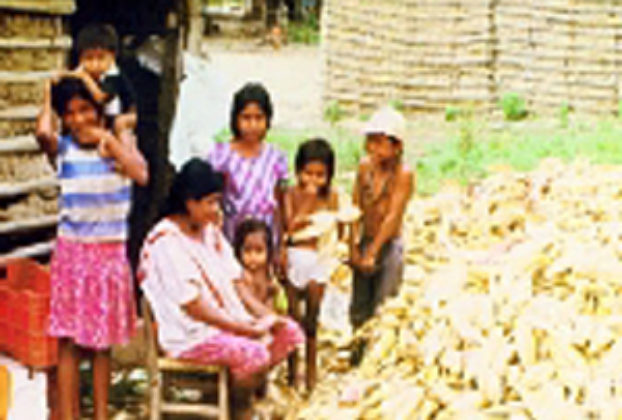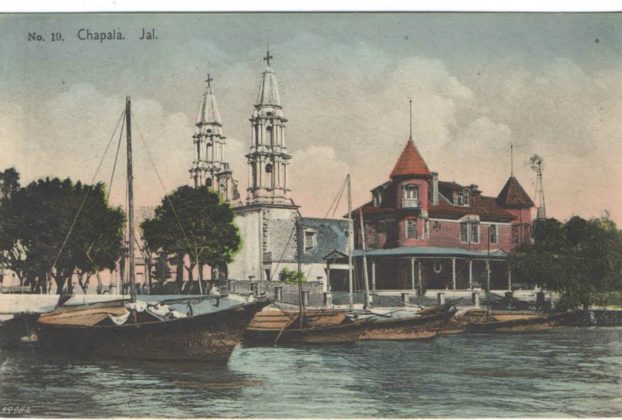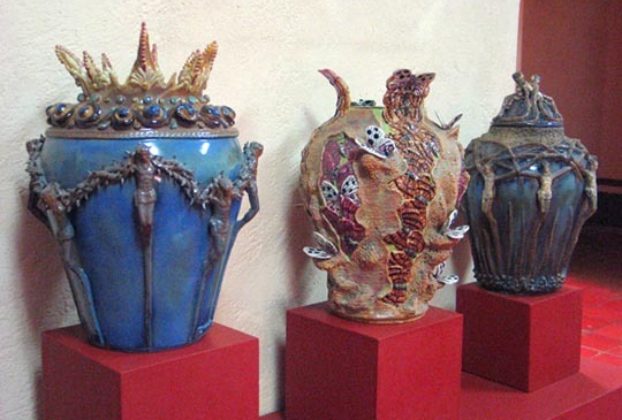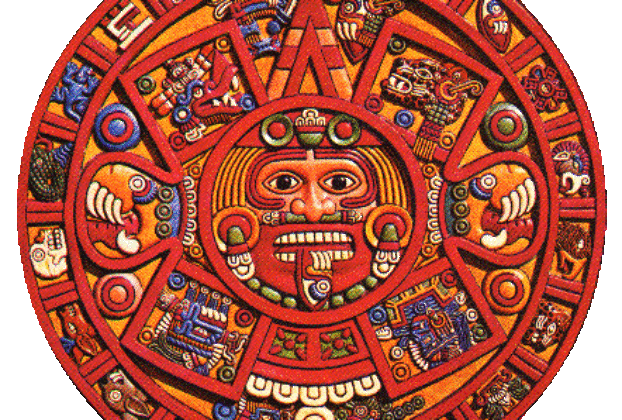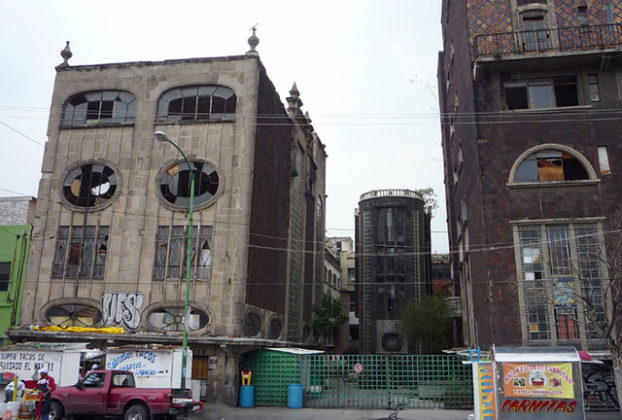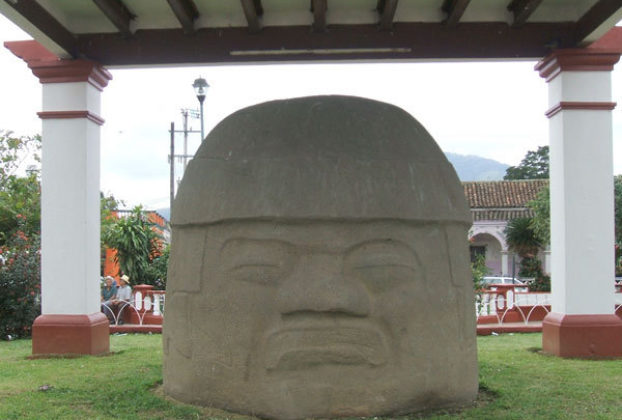Mexico’s Black heritage: the Costa Chica of Guerrero and Oaxaca
The Costa Chica (“Short Coast” in Spanish) is one of two regions in Mexico with significant Black communities, the other being the state of Veracruz on the Gulf coast. The Costa Chica is a 200-mile-long coastal region beginning just southeast of Acapulco, Guerrero, and ending near the town of Puerto Angel, Oaxaca. The shaded area […]
Continue Reading
